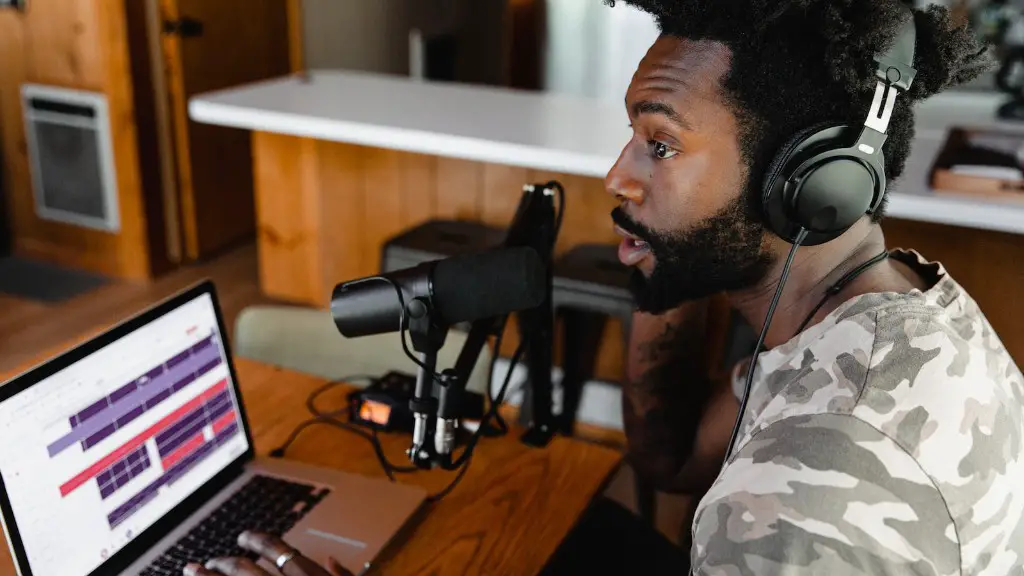How To Draw A Fist Easy
Drawing a fist might seem intimidating, but with the right steps, tips and tricks, you can quickly and easily make a fist that’ll really stand out on paper. Drawing an anatomically accurate fist is a great exercise to help improve your overall drawing skill. From nailing the angle and shape of the thumb, to giving skin a realistic texture, this comprehensive guide will have you making amazing expressive fists in no time.
The Basics: Getting the Shape and Proportions Right
To start, you’ll need to get the proportions and shape of the fist right. This can be tricky, especially if you’ve never done it before, but it’s essential is you want your fist to look realistic. First, draw an oval shape for the palm, making sure it’s twice as long as it is wide. For an anatomically correct fist, you’ll also want to make sure the upper portion of the oval is slightly angled away from the left side of the fist. This is due to the structure of the thumb and wrist.
Drawing the Thumb
The thumb is one of the most important components of a fist, and can easily make or break an image. To start, draw two small, curved lines to indicate where the thumb will be inserted and angled in the fist. This is a good time to remember that your thumb should be slightly angled away from the left side of the fist due to anatomy. Make sure the thumb’s shape isn’t too exaggerated and instead stays true to a realistic and proportional design. For perspective, the thumb should be a little shorter than the expected width of the palm.
Adding Details and Textures to the Skin
Details and textures can easily bring your fist to life and make it look more realistic. To do this, use simple curved, angled, and parallel lines for realistic wrinkles, as well as dots and small circles for pores. It can also be helpful to imagine how the skin would look if it were stretched or even slightly translucent. Different materials, like leather or plastic, can be used to make your fist look realistic and three-dimensional. Use light and shade to give your fist more depth, just be sure not to go overboard or your fist look overly cartoonish.
Adding the Finishing Touches
Once you’ve nailed the basic shape and proportions of your fist and added all the details, you can start adding the finishing touches. If you’d like, you can use various colors and shadows to accent different parts of the image and give your fist a realistic look. You can also use curved lines to add a bit of depth to each of the knuckles. This is especially helpful if you’re having difficulty differentiating between the separate knuckles. Lastly, once you’re happy with the overall look of your fist, eraser any unnecessary lines or mistakes you made earlier.
Making the Fist Glow
You can make your fist look absolutely vibrant by adding a few “glowing” effects. This is a great way to make your fist look special and express its power. Start by using a white or cream colored pencil or chalk to get the effect you want. Draw a few circles around the knuckles, as well as around the thumb. To make them look even more energetic, use a thick, black marking pen to trace the edges of each of these circles. This will add a sense of heightened emotion and make your fist look powerful.
Adding Movement
Although drawing a fist is usually a very static image, you can still add a sense of movement and action to your drawing. Try to imagine your fist in motion, and draw out the lines and energy that result from that motion. To give your fist more motion, you can use techniques like motion blur and smudging, light and shadow, and dynamic lines and directions. For example, you can use a light source at a different angle to create a dynamic effect and add a sense of action to your drawing. Don’t be afraid to experiment with these techniques to get the effect you want.
Enhancing the Results with Props and Accessories
If you want to add a unique and creative element to your fist, you can use props and accessories. This is especially helpful if you’re looking to give your drawing a unique spin or make it stand out in your portfolio. Try adding rings, bangle bracelets, gloves, or even a watch to give your fist a more interesting visual. Again, don’t be afraid to experiment and get creative with the items you use to enhance your image.
